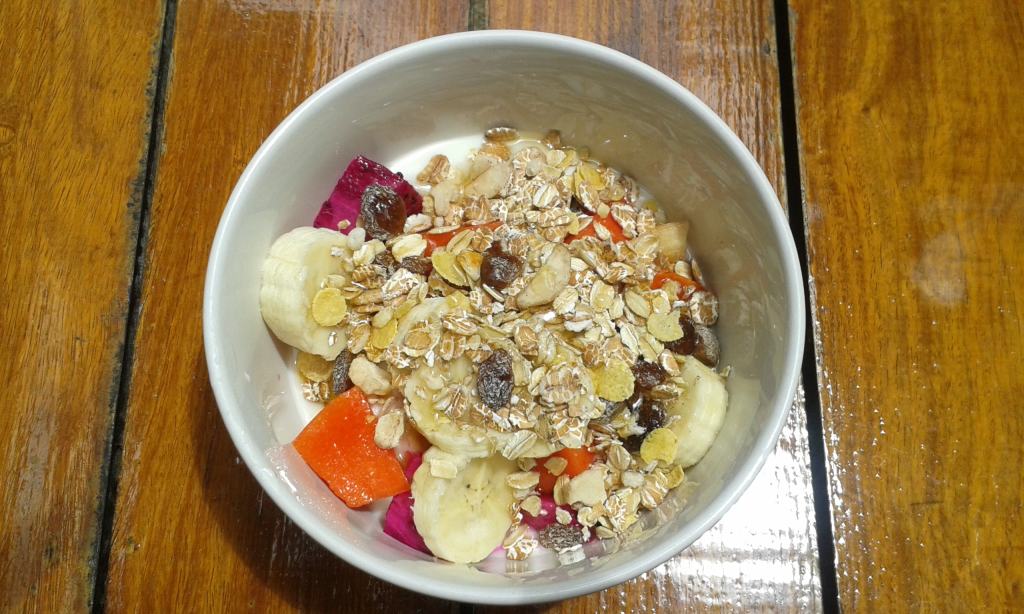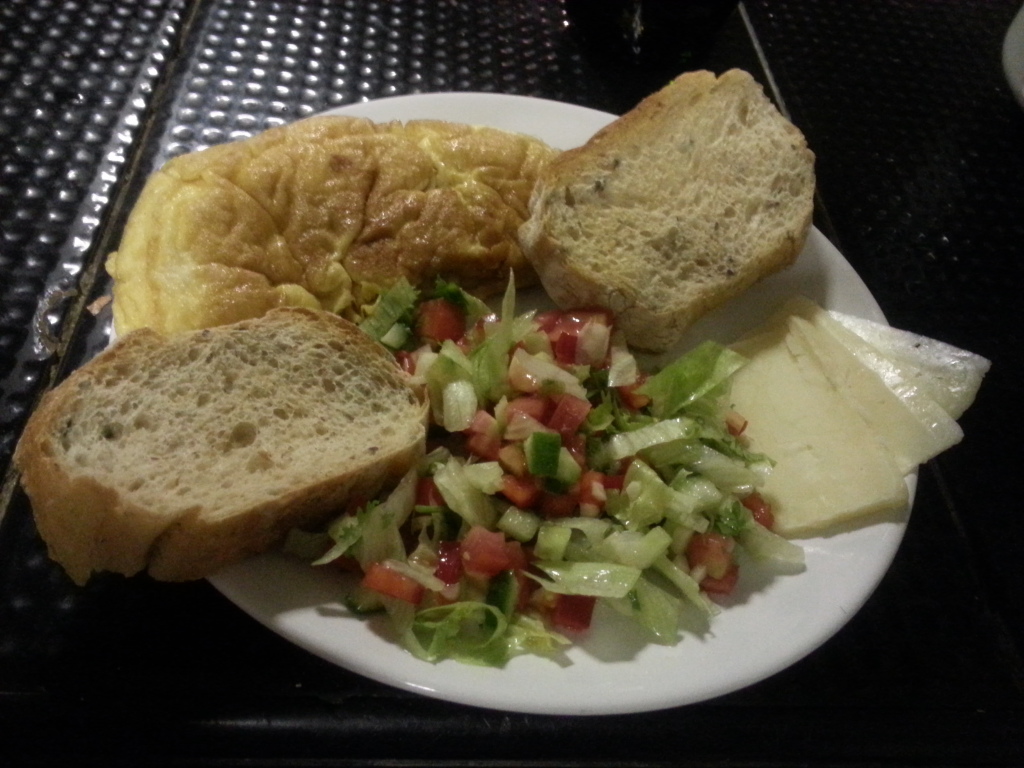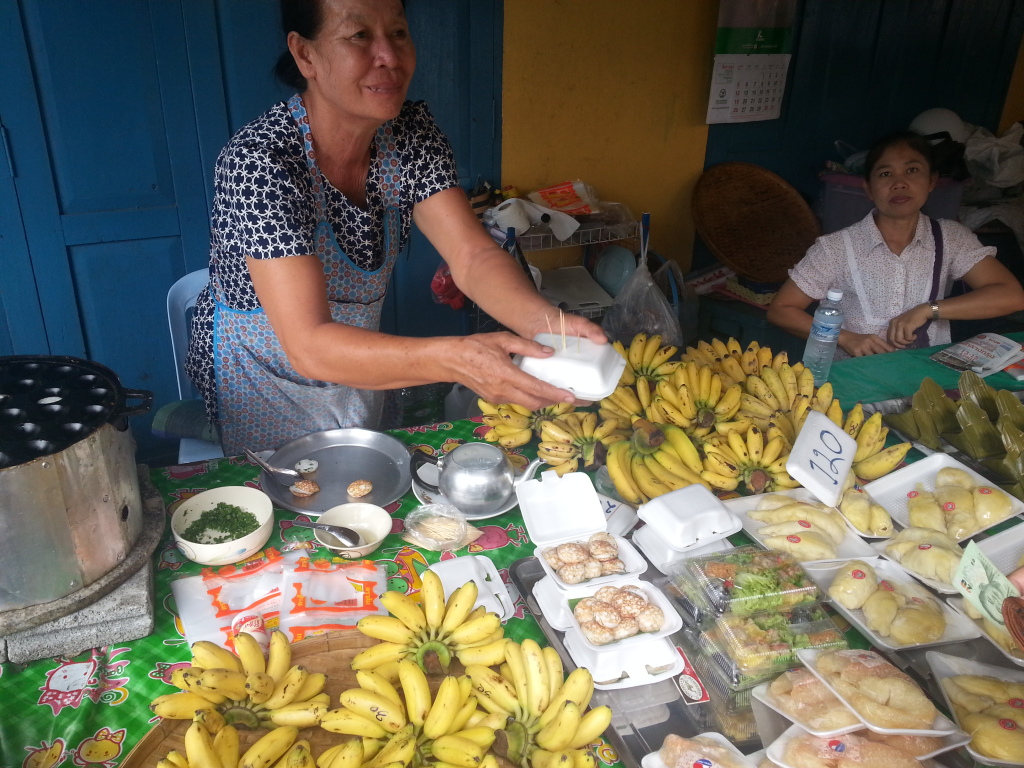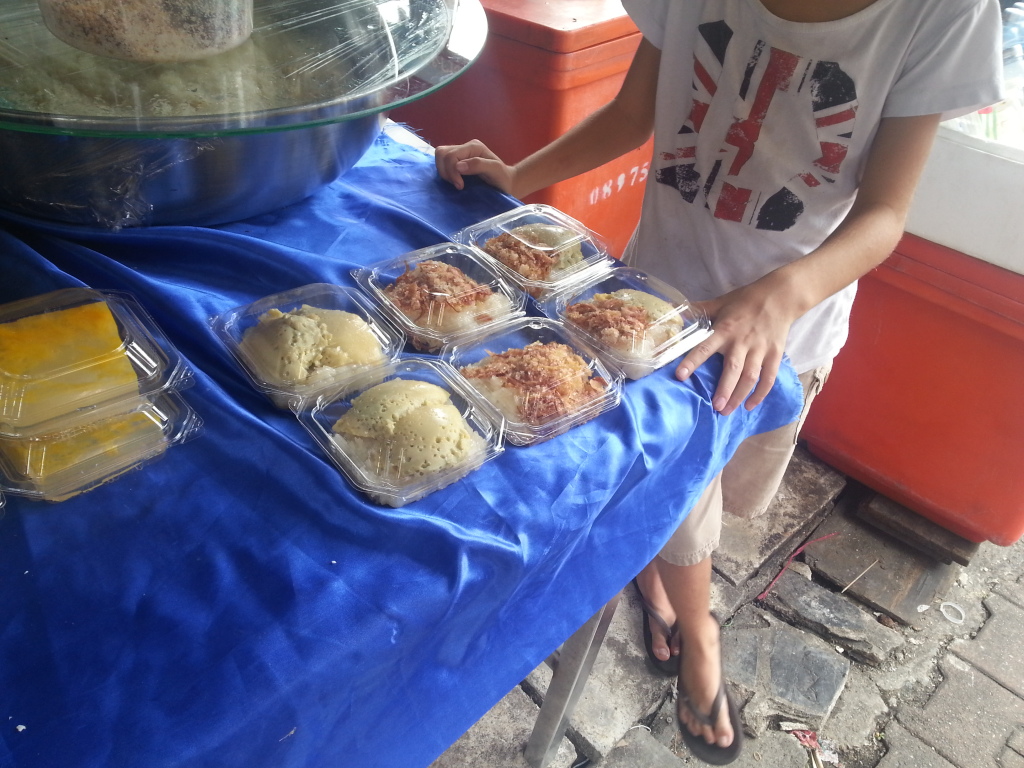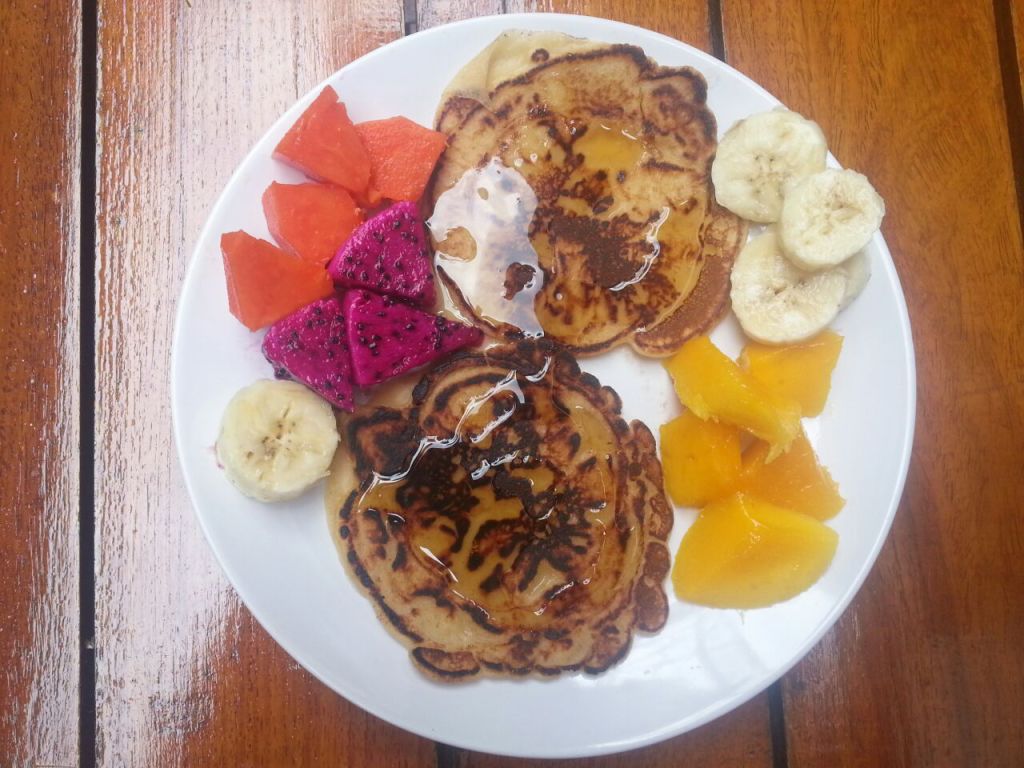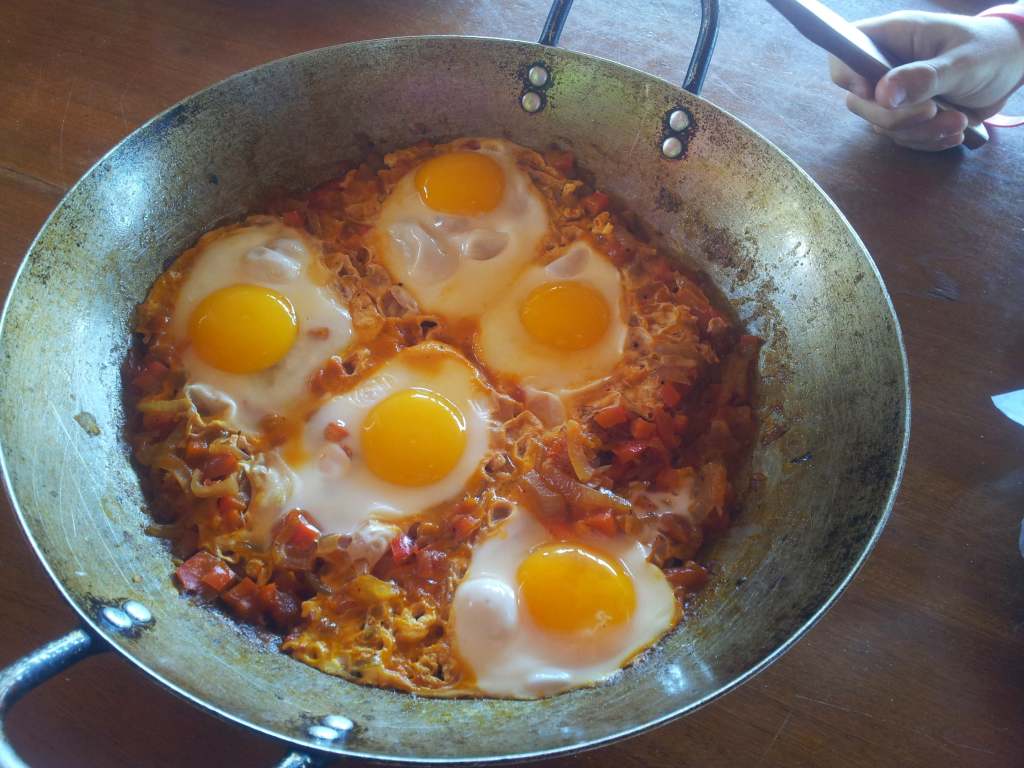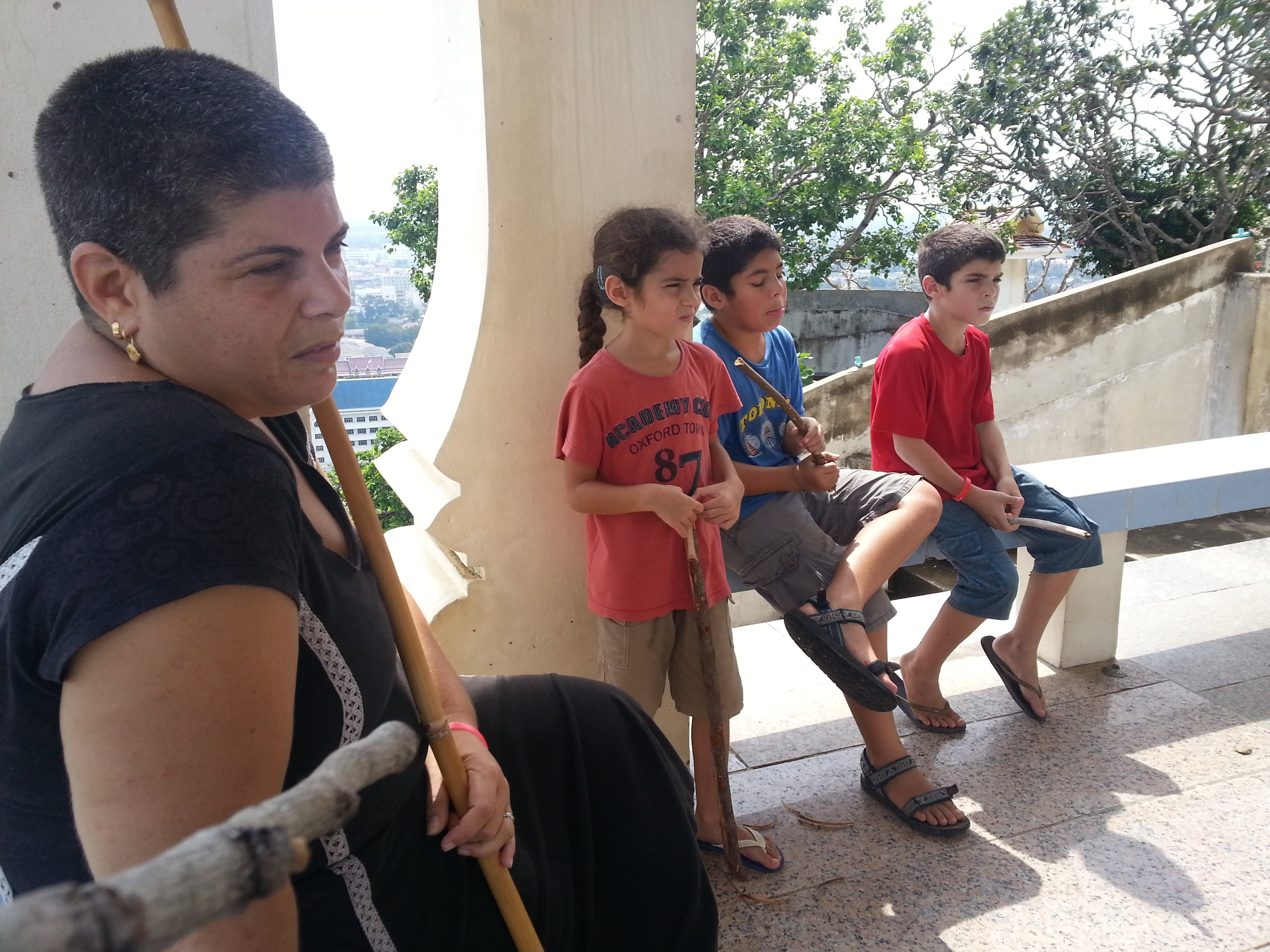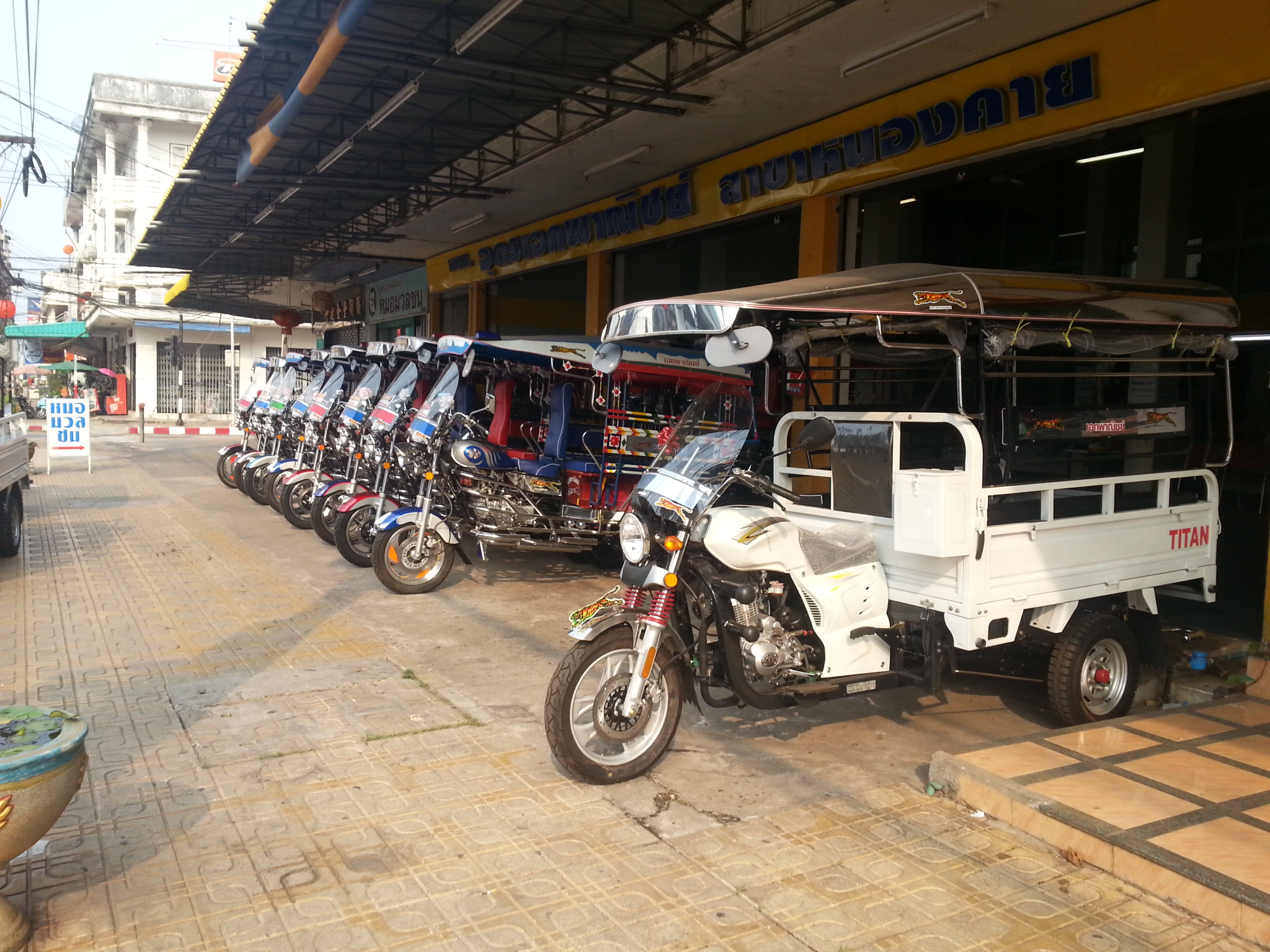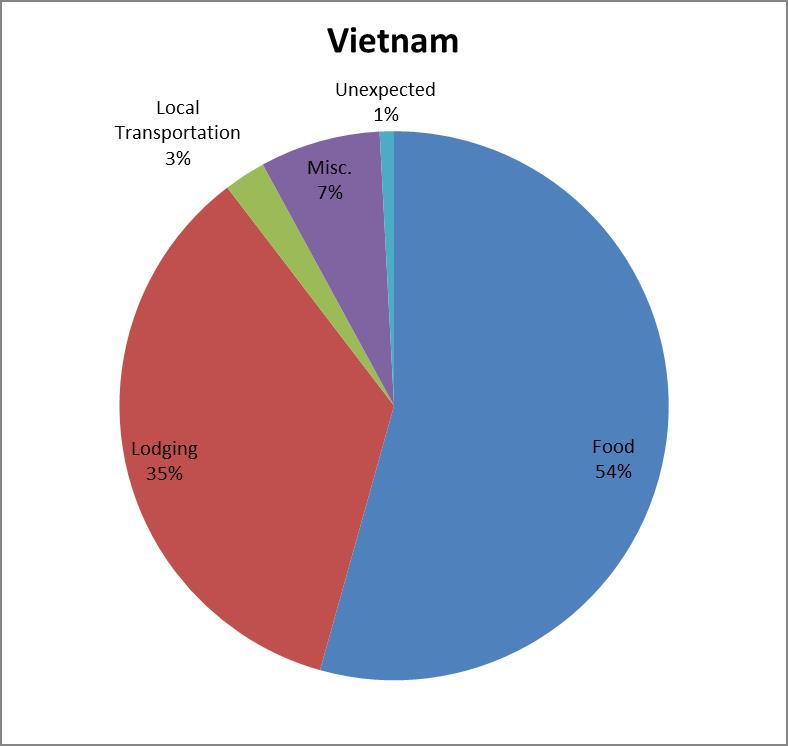Do It Yourselves breakfasts
It’s not uncommon for a long term family to travel on a budget. I don’t know any long term traveling family that doesn’t have strict control over the trip’s budget and expenses. The most basic costs that you can’t do without are of course for eating and sleeping.
Apparently our Natives require to be fed mornings, noons and evenings, and sometimes also in between. We budget the price for breakfast with the challenging 1 dollar per person.
Our main meal is usually lunch. From our experience it is not worth the trouble of cooking it ourselves even in periods when we have a house and a comfortable kitchen. The quantity and variety of ingredients, dealing with buying groceries and preparing the meal, it’s not worth the trouble when there’s a plenty of cheap good food around every corner. So we cook lunches only when we feel like it, when we crave some home cooking.
Breakfasts and suppers are a different story. It’s much more cost effective to do it yourself once you’re located in a house or a guesthouse with a kitchen. Our daily routine starts when The One wakes up very early while I’m definitely still asleep. It’s a great arrangement because he usually goes “hunting” groceries while I’m still working on my relationships with my blanket and pillow. Sometimes I grant him the courtesy of joining him, but that’s only sometimes.
A DIY breakfast is of course cheaper, but not less important, healthier and tastier.
The first step is finding a way to lay your hands on groceries – the nearest market, bakery, supermarket… When we arrive in a new place the first thing we do is a shopping list and a short walking tour around our new neighborhood. We find the best places to buy fresh stuff (fruits, vegetables, eggs, bread), dry stuff (flour, sugar, rice, oil etc) and fridge stuff (milk, butter, yogurt). Once this is done the breakfasts are turning into a great pleasure and we’re pleased to say that here in Chiang Mai it is even better since the availability of quality products is very high, prices are low and there is even a high awareness of health. You can easily find items like sugar free pastries, excellent granola, natural soy yogurt and home-made yogurt.
So here are our five winning breakfasts in our journey in South East Asia:
Muesli
A home made muesli is much healthier and tastier and of course cheaper than a muesli you will order in restaurants. A restaurant will usually charge 2$ per person. The cheapest one we’ve found was in Bangkok in a restaurant where we regularly eat breakfasts. The Gekko Bar in Rambuttri street charges 1$ for a generous bowl of muesli with fruits, yogurt and cereals. It’s good and it’s cheap but even they cannot compete with our home made muesli: excellent fresh fruits from the market (we use bananas and then any combination of papaya, pineapple, sapodilla, dragon fruit and mango), seven-eleven yogurt, granola from the supermarket (this is usually the hardest ingredient to find) and honey. We found that these ingredients are usually available in all countries. In the Philippines we found it the most challenging getting them all. The average cost altogether for 5 people – 4$.
Classic Israeli style breakfast
It feels like home having a breakfast (or even supper) with an egg and a salad.
You can always find in the market fresh brown tasty eggs with a shiny orange yolk. Tomatoes, onions and cucumbers as well as herbs like coriander and mint are to be found anywhere in SEA. Finding lettuce can be slightly more challenging and good bread can be even more.
What to spread on the toast ? That’s not always an easy one, but eventually we get along. Avocado (in Vietnam they were the best), cream cheese or yellow cheese (not very common nor cheap but can be found in supermarkets), butter (in Vietnam it was quite difficult finding butter and the quantity of margarine we saw in the markets gave us a flashback to the Eighties, but in Thailand it’s not a problem).
“Lamlams”
Our first real nesting stop was in Mui Ne, Vietnam. We spent a month there in a guesthouse by the beach and The One used to ride his bicycle to the market every morning and hunt us down some food. That’s where we first met all those kinds of snacks we call to these days “Lamlams”. Why? Because the sellers in the market, who like most of their fellow Vietnamese speak not a single word in English used to take their hand close to their mouth and hum “Lam! Lam!”. So we reached the conclusion that the word “Lam!” was probably somehow connected to eating and since then The Natives started welcoming The One coming back from the market by sniffing his bags and asking “What Lamlams did you bring?”.
So Lamlam is anything that is local and cheap (remember? Never to cross the 1$ per person). It is usually not a meal on its own but it’s great for filling gaps. One exception is the Vietnamese “Banh Mi”, which definitely is a meal on its own as already been said in our tips for Vietnam post.
Morning Lamlams in Vietnam – delicious rice crackers we found only in Mui Ne, small fried bananas donuts, sticky rice with sweetened soy beans and ground coconut served with peanuts on a banana leaf, rice pancakes with green onions or corn and of course coconut for drinking and eating its sweet white meat afterwards.
Morning Lamlams in the Philippines – certainly gave us a harder time, like the entire culinary business in the Philippines in general. There are bakeries everywhere but almost everything is very sweet. We found a specific local bread that is not sweet called Pan de Sal and we ate it with avocado for breakfast for a couple of times. Sometimes we couldn’t find avocado so we just ate fruits for breakfast – delicious mangoes (the best we had in SEA!), papaya, bananas. One specific location received a high score in our Lamlams scale – Tagaytay in Luzon island. We found there a great market with tasty banana rolled in dough, excellent spring rolls, peanuts in garlic and chili or only in salt.
Morning Lamlams in Thailand – sticky rice with mango, rice pancake which we already saw in Vietnam and Laos, banana cake, peeled pomelo and others.
Pancakes
Here is a classic example for a breakfast (or supper) that is really worth doing yourselves. A pancake in a restaurant will usually cost about 2$ and in the best case will come with a banana. Most of the times the pancakes will be made of an instant powder, yuk!
We make pancakes just like at home, except for baking powder which can be hard to get in SEA. We buy honey (and in some places where we couldn’t find it we settled for maple flavor syrup) and fresh fruits – mango, papaya, bananas, dragon fruit or pineapples – and we eat a delicious meal.
Shakshuka
Back home we weren’t used to eating shakshuka. One morning we just for no apparent reason to try this shakshuka concept after we saw our friends the Leb family and there rest is history.
Tomatoes, onions, garlic, bell peppers, chili pepper, eggs and a loaf of bread. In Vietnam these were the heavenly baguette, in the Philippines – Pan de Sal, and in Thailand whatever we could find. Specifically in Chiang Mai, if I wasn’t clear enough so far, you can find everything.

